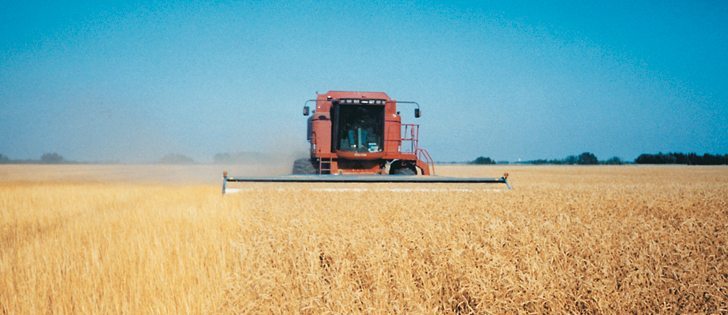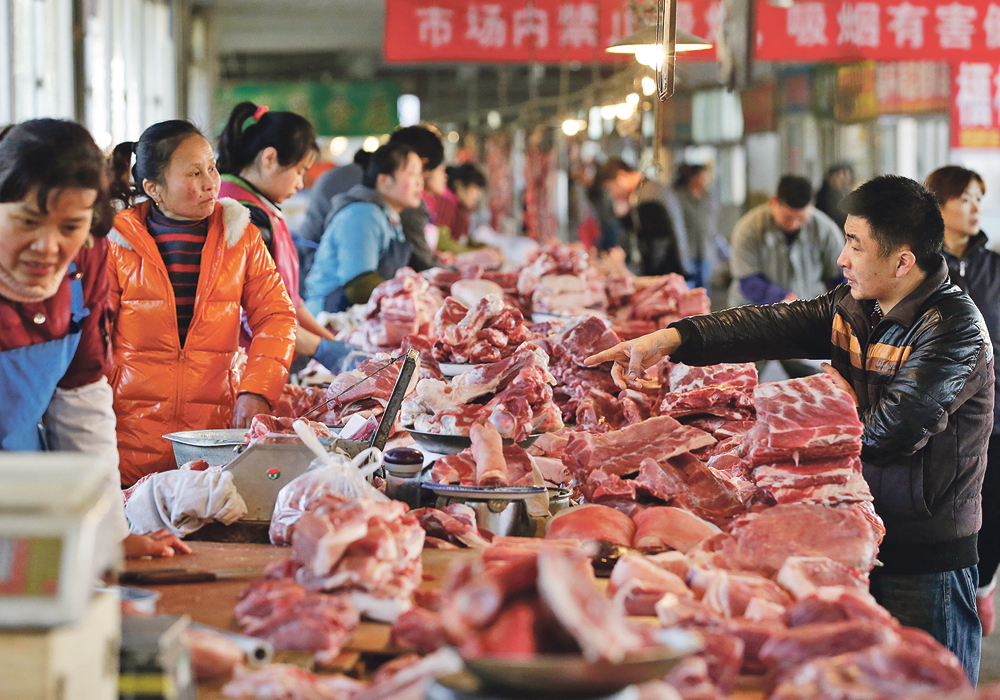I keep seeing comments from private analysts who believe Statistics Canada’s December production report greatly over-estimated the size of the canola crop.
However, the pace of exports and domestic use does not indicate worries about smaller supply.
If we assume analysts are correct and assume the pace of disappearance continues unabated, then the year-end stocks could fall to levels similar to 2011-12 and 2012-13 when canola prices were $100 a tonne stronger than they are now.
It was a shocker in December when Statistics Canada, based on a farmer survey, pegged the canola crop at 17.2 million tonnes, up about three million from its September estimate.
At the time, the trade was expecting a number around 15.5 million tonnes, noting that much of the western Prairies were in drought early in the growing season.
Analysts often point out the shortcomings of Statistics Canada, but I wonder if it really did over-estimate the crop size.
(D’Arce’s weekly markets video talks about this issue, as well – you can find it below)
Experience would say no.
In the past three years, it turned out that the report in December under-estimated canola production by an average of 640,000 tonnes.
Statistics Canada had to increase its production number when the year-end stocks report came out showing much more canola around than would be possible if the production number was correct.
So, historically speaking, it is unlikely that Statistics Canada over-estimated the crop size.
Still, let’s do a little math.
The official estimate of total canola supply this year is 19.65 million tonnes (a 17.23 million crop plus 2.32 million carry-in.)
Read Also

VIDEO: Ag in Motion documentary launches second season
The second season of the the Western Producer’s documentary series about Ag in Motion launched Oct. 8.
Total exports are forecast at 9.5 million tonnes and domestic use is 8.4 million, leaving year-end stocks at 1.75 million tonnes, which is down from 2.32 million last year and 3.01 million in 2013-14.
The domestic use forecast is spot on, considering the crush pace this crop year.
The export forecast, which is up four percent from last year, seems conservative, considering that exports are running 20.1 percent ahead of last year at the same time.
Let’s say that the production number is off by a million tonnes. That would take year-end stocks down to 750,000, and if the export total surpasses the current forecast, then you could shave several hundred thousand tonnes off that, say 500,000. And, I should point out, there is almost no chance of them getting that low.
Stocks were 707,000 tonnes at the end of 2011-12 and 588,000 tonnes at the end of 2012-13. Prices were stronger than $600 a tonne, and that was with the loonie near par with the U.S. buck.
Of course, the entire crop market was a lot stronger back then.
With prices of major crops tethered down by burdensome supply today, it is unlikely that, even with tight stocks, canola values could soar into the $600s.
However, prices could rally to ration demand and maintain adequate year-end stocks, particularly if analysts are correct about the crop size.
On the other hand, if Statistics Canada is correct, the pressure to ration demand will be less strong.

















